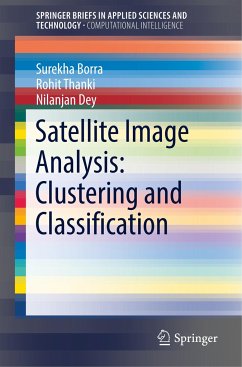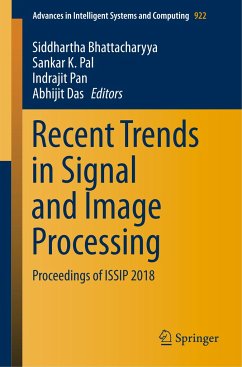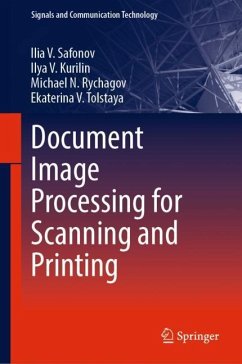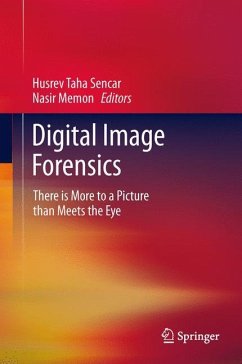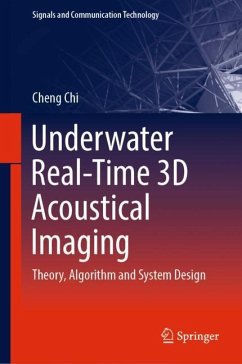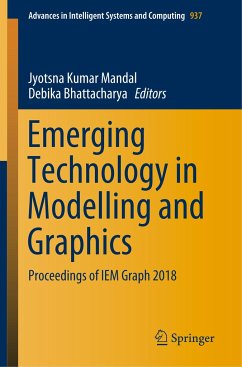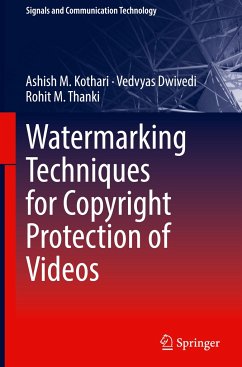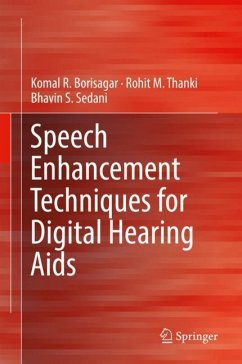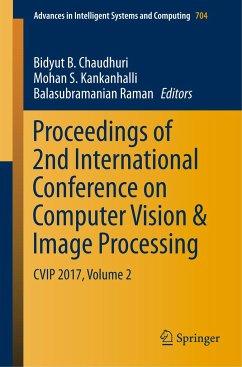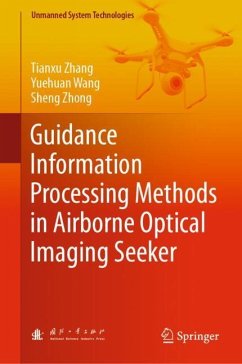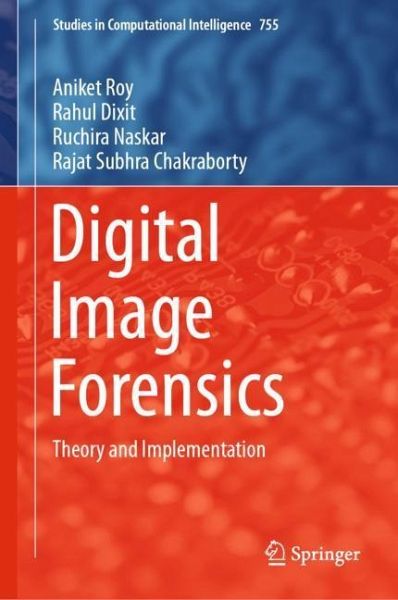
Digital Image Forensics
Theory and Implementation

PAYBACK Punkte
46 °P sammeln!
This book discusses blind investigation and recovery of digital evidence left behind on digital devices, primarily for the purpose of tracing cybercrime sources and criminals. It presents an overview of the challenges of digital image forensics, with a specific focus on two of the most common forensic problems. The first part of the book addresses image source investigation, which involves mapping an image back to its camera source to facilitate investigating and tracing the source of a crime. The second part of the book focuses on image-forgery detection, primarily focusing on "copy-move forg...
This book discusses blind investigation and recovery of digital evidence left behind on digital devices, primarily for the purpose of tracing cybercrime sources and criminals. It presents an overview of the challenges of digital image forensics, with a specific focus on two of the most common forensic problems. The first part of the book addresses image source investigation, which involves mapping an image back to its camera source to facilitate investigating and tracing the source of a crime. The second part of the book focuses on image-forgery detection, primarily focusing on "copy-move forgery" in digital images, and presenting effective solutions to copy-move forgery detection with an emphasis on additional related challenges such as blur-invariance, similar genuine object identification, etc. The book concludes with future research directions, including counter forensics. With the necessary mathematical information in every chapter, the book serves as a useful reference resource for researchers and professionals alike. In addition, it can also be used as a supplementary text for upper-undergraduate and graduate-level courses on "Digital Image Processing", "Information Security", "Machine Learning", "Computer Vision" and "Multimedia Security and Forensics".



